What is the best spin speed in a washing machine?
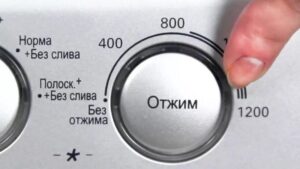 When choosing a new machine, the user also evaluates the spin speed in the washing machine. The higher it is, the faster the motor spins things and the dryer the clothes come out. However, equipment with 1600-1800 rpm costs several times more. Is it worth overpaying for a high-speed model or is it better to take the “average” option? We suggest you deal with all the “squeeze” nuances.
When choosing a new machine, the user also evaluates the spin speed in the washing machine. The higher it is, the faster the motor spins things and the dryer the clothes come out. However, equipment with 1600-1800 rpm costs several times more. Is it worth overpaying for a high-speed model or is it better to take the “average” option? We suggest you deal with all the “squeeze” nuances.
Is spinning at high speeds beneficial?
An expensive high-speed washing machine isn't just something to brag about. In everyday life, the automatic 1600 revolutions are very convenient: in a few minutes you can dry your laundry almost completely - all you have to do is hang your clothes and wait 1-2 hours. But before you rejoice at the perfect model, it’s worth understanding what such a “rush” means for equipment and fabric. There are several unpleasant moments.
- The fabric wears out faster. When rotating at a speed of 1600 revolutions, the fabric experiences enormous loads - the friction force increases several times. If after 1-2 washes the laundry remains the same, then after 3-4 the fibers will become thinner and lose color, and after 10-12 they will break completely. How long a material will last depends on its type: strong synthetics will “live” longer, and natural cotton or linen will last less.
- The load on the shock absorption and bearing assembly increases. When the drum spins, the washing machine works hard, and the higher the acceleration, the greater the load on the key components. Spinning at high speeds has a negative impact on the shaft, bearings and dampers - they wear out faster.Of course, these machines are designed for high power and will not break in the first days of operation, but in any case, the components will suffer greatly.
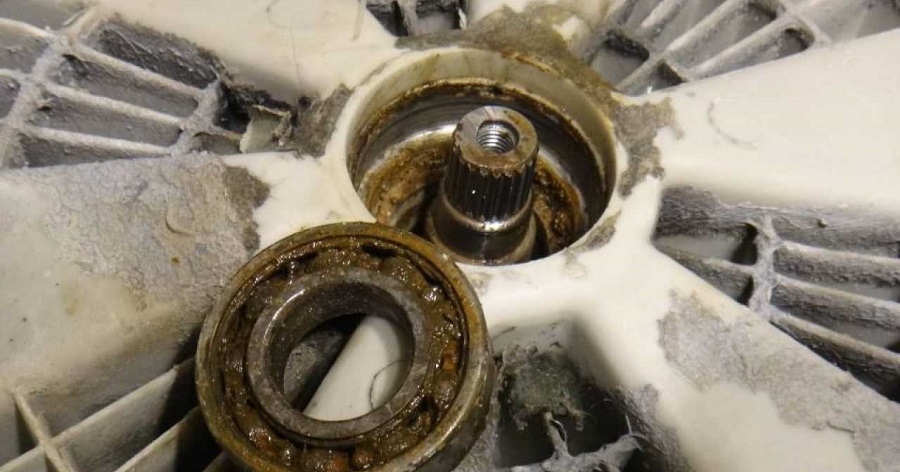
- Electricity consumption increases. The speed the washing machine picks up also affects electricity bills - at a speed of 1600 it consumes more. It is also worth considering the increased load on the electrical network. It is better not to turn on other powerful devices and equipment along with the machine, otherwise the line will not withstand it, or the RCD will trip.
The optimal speed for spinning things in a machine is 800-1000 rpm.
Yes, the ability to spin things at 1600 rpm is a great advantage. But high speed also has its drawbacks, which also need to be taken into account when purchasing. It would be stupid to refuse it, but it is not recommended to constantly run the machine at maximum speed. Experts advise setting the spin cycle to 800-1000 - this is the “golden mean”, safe for fabrics and equipment.
How efficient is the machine at spinning?
Spin efficiency can be assessed not only by factory specifications. There is also a way to independently calculate, thanks to which you can find out at what speed it is more profitable to wash. The scheme is like this:
- weigh the laundry wrung out in the washing machine;
- dry clothes;
- weigh dry;
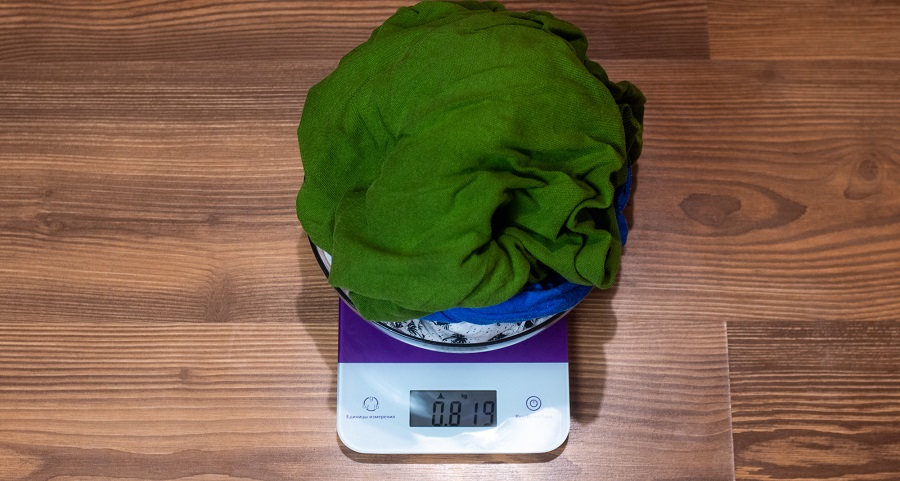
- subtract the dry mass from the “wet” mass;
- divide the resulting value by the weight of dry clothes and multiply by 100%.
So, if after the spin cycle the laundry weighs 6 kg, and after drying - 3.5 kg, then the difference will be 2.5 kg. We divide the last digit by “3.5”, we get 0.71 and multiply by 100%. The result will be 71%. It is recommended to conduct several experiments, measuring the degree of spin efficiency at minimum, medium and maximum speed.Then it will become clear how well the machine removes moisture from clothes.
Spin classes
Depending on the speed gained, each machine is assigned a spin class. According to the European standard, the “class list” includes values from “A” to “G”, where the first letter indicates the highest quality of drying, and the last - the lowest. The full gradation is as follows:
- "G". The lowest level at which the percentage of residual moisture reaches 90%, and the maximum spin speed is only 400 revolutions. Due to lack of efficiency, these machines are practically not produced.
- "F". Washing machines of this class spin at 600 rpm, removing moisture from the fabric by a maximum of 20%. Such models are extremely rare.
- "E". Here the drum spins up to a speed of 800 revolutions, which allows you to dry things by 25%.
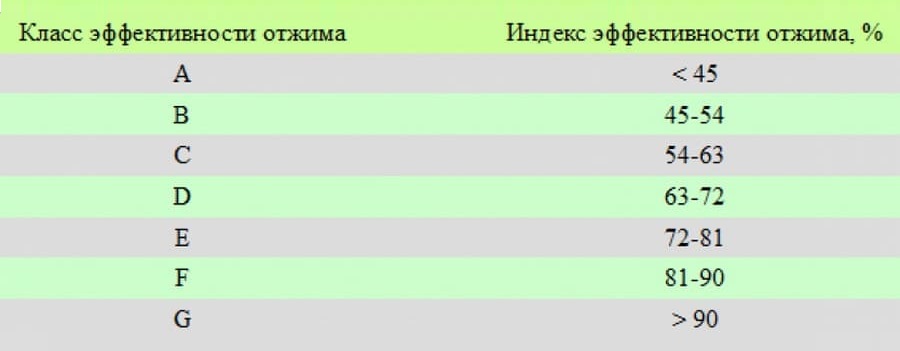
- "D". The machine reaches up to 1000 revolutions per minute, which as a result allows you to spin clothes by 30%.
- "C". The class is assigned if the equipment spins at 1200 revolutions and the residual humidity does not exceed 60%.
- "B". The maximum spin is 1400 rpm, which ultimately pushes out up to 45% of moisture from the fibers.
- "A". The most effective spin, which dries the fabric almost completely. About 55% of moisture is removed, as a speed of 1600-1800 rpm is achieved.
The spin level must be indicated on the label of each washing equipment. But this characteristic greatly affects the cost of the machine: you will have to pay extra for an increased level.
Type of fabric and its spin
Modern washing machines not only offer high-speed spinning, but also allow you to vary the degree of spinning of the drum. On some models it is possible to reduce the speed down to zero. Thanks to this feature, you can adjust the cycle depending on the type of fabric being washed. Not all fabrics like high speed - many materials require delicate handling. Before setting the spin level, you need to study the label on the item.
- Cotton, denim, calico. For these fabrics, the optimal value is 800 revolutions. If it is less, the clothes will not be wrung out; if it is more, the fibers will be damaged.
- Linen. Natural material that does not like strong spin. It is recommended to wash on a gentle program and spin at minimum speed.
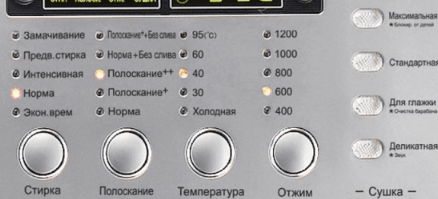
- Satin, silk. Satin and silk items, as well as lace, tulle and veil are recommended to be washed by hand. If machine washing is selected, a special mode is set and the spin cycle is turned off. Maximum – 600 rpm.
- Synthetics. It has a strong structure, which does not impose restrictions on spinning.
- Wool. Doesn't like spinning. Ideally, turn it off or reduce it to a minimum.
It is irrational to constantly “drive” the washing machine at high speeds. It is better to vary the degree of spin, focusing on the type of fabric.
Interesting:
Reader comments
- Share your opinion - leave a comment

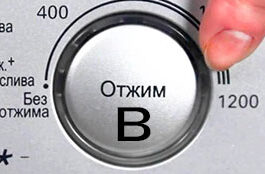


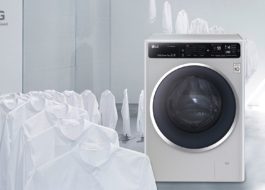
















Add a comment